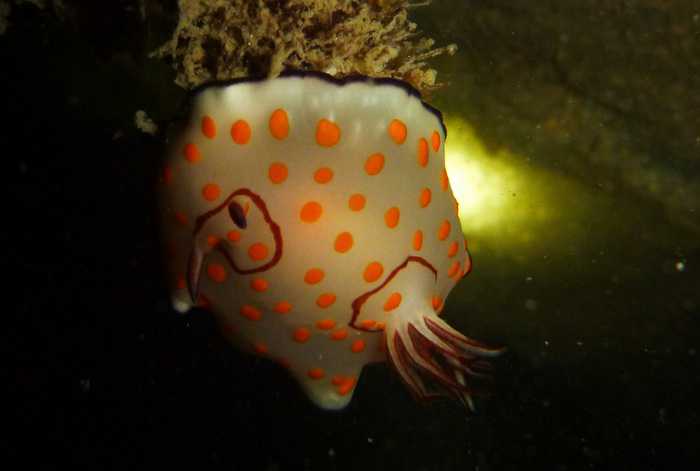Diving: House reefs – providing junkies their dive fix

PHUKET: Most of us have only a few precious days a year to get a fix for our diving addictions. Of course, those in the profession spend more days in the water than out of it, but for the rest of us, it comes down to one or two diving holidays a year.
After six months of day dreaming about what you might discover once you splash in (the yet-to-be confirmed presence of pigmy seahorses in Thailand, Chinese junk buried in the sand or a WWII mini-submarine – it’s your imagination, why limit it to manta rays and nudibranchs?), the last thing you want to hear when you wake up for the big day is the thundering sound of Phuket’s southwest monsoon.
Though “Green Season” diving along the Andaman coast still offers some fantastic opportunities, the chance of heavy weather is very much a reality, making it all the more important to confirm your hotel has access to a “house reef”.
House reefs are rarely the jewel of a diving location. However, sometimes you just want to get wet – who cares about where you do it?
In early September, it wasn’t the sound of the rain that woke me, but the wind. The shutters on my villa at Zeavola were shaking… we had a big day of diving planned: seahorse hunting, visiting the sea snake cave and exploring some of the lesser-known dive sites around Phi Phi Don.
Umbrella in hand, I trudged down to the activities center – I should have just called, but there is always the hope that being there in person will somehow change things – to confirm my fears with the activities manager, Jennifer Arbuthnot.
No diving.
It was the last day before returning to Phuket, and there was no diving. The water was simply too rough for the longtails and the speedboats.
What could we do? I needed my fix. There are certain withdrawal symptoms divers get, which boil down to two major categories: impulse online shopping for diving gear you simply don’t need and “diving” with Google street maps.
Neither was going to be enough. So, Jennifer offered a contingency plan: house reef.
If things cleared up, the house reef, mostly sheltered at this time of the year, could be tackled – we could squeeze in a night dive if we needed to.
The weather broke an hour before sunset, so moping about in fear that there would be no diving was obviously not necessary.
Rolling back off the longtail we splashed into the dark.
A school of razor shrimp fish bobbed vertically in a large tangle of staghorn corals, a jewelled hermit crab the size of a man’s fist worked his way across the reef, ignoring elegant feeding sea feathers and prickly urchins as he went.
Night is always a crustacean’s paradise: reef crabs, porcelain crabs, Durban dancing shrimp, striped boxing shrimp and commensal shrimp all find their way into the spotlight.
After 60 minutes of watching the crustaceans, nudibranchs and others who come out to play at night, I had my fix.
It wasn’t a WWII mini-submarine, but it was diving – a world of difference between returning home on a washed out day and once again seeing the wonders below the Andaman’s surface.
— Isaac Stone Simonelli
Latest Thailand News
Follow The Thaiger on Google News:


























